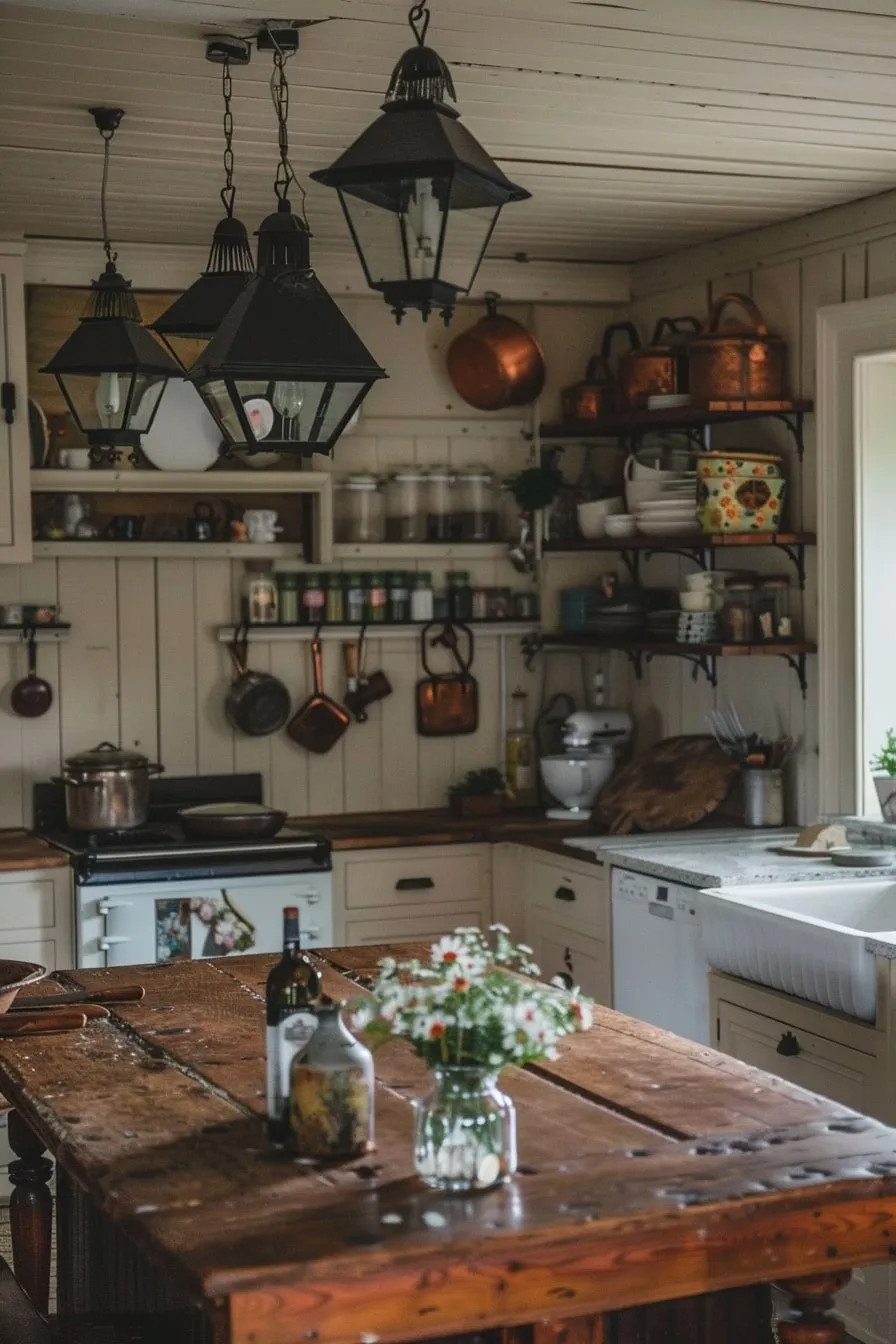Farm Kitchen Decor: 7 Stunning Ideas
Transforming your kitchen into a rustic farmhouse haven is a delightful journey, blending comfort with style. The rustic farm kitchen aesthetic embraces warmth, simplicity, and a connection to nature, creating a space that feels both inviting and functional. From repurposed furniture to natural textures and vintage accents, there are numerous ways to infuse your kitchen with this timeless appeal. Here are seven stunning ideas to inspire your rustic farm kitchen transformation, helping you create a space that you and your family will love for years to come. Let’s explore these ideas, providing you with the knowledge and inspiration to bring the rustic farmhouse style to life in your own kitchen.
Embracing the Rustic Charm
The heart of rustic charm lies in its ability to create a warm and welcoming atmosphere. This style celebrates the beauty of imperfection, favoring natural materials and handcrafted elements. It’s a look that tells a story, blending the past with the present to create a space that feels lived-in and loved. Embracing this charm means accepting the character of reclaimed wood, the patina of vintage finds, and the natural variations of stone and other materials. It’s about creating a space that feels less like a showplace and more like a comfortable gathering spot where memories are made.
Understanding Rustic Farmhouse Style
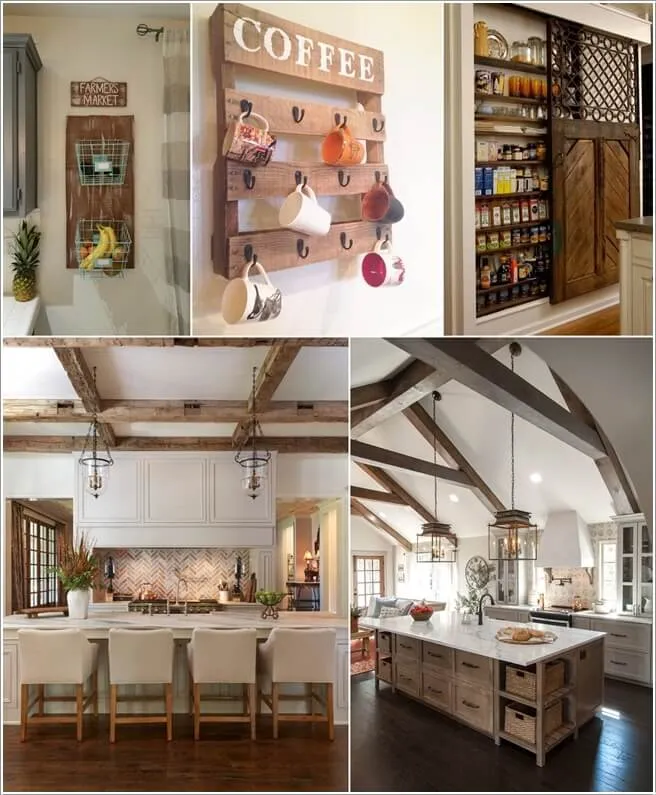
Rustic farmhouse style is a delightful fusion of two distinct aesthetics: rustic and farmhouse. The rustic element brings in the raw, natural textures and materials, often embracing imperfections and the character of aged items. Think reclaimed wood, rough-hewn beams, and stone accents. The farmhouse element introduces a sense of warmth, simplicity, and practicality, often featuring neutral color palettes, cozy textiles, and practical, functional furnishings. Together, they create a balanced look that feels both elegant and inviting, perfect for a busy family kitchen or a cozy corner for morning coffee.
Key Elements of Rustic Decor
Several key elements define rustic decor. Natural materials are paramount, with wood, stone, and metal taking center stage. Warm, neutral color palettes, often with pops of earthy tones, provide a grounding base. Vintage or antique accents add character and history, while handmade or handcrafted items bring a sense of authenticity. Practicality and functionality are also important, ensuring that the space is both beautiful and usable. These elements, when thoughtfully combined, create the inviting and comfortable atmosphere that characterizes rustic kitchen design. Don’t be afraid to mix and match textures and styles to create a unique and personalized space.
Idea 1 Repurposed Furniture
Repurposed furniture is a cornerstone of rustic farm kitchen decor, bringing character and a sense of history to the space. Old tables can become kitchen islands, antique cabinets can serve as storage, and repurposed doors can be transformed into unique decorative elements. This approach not only adds personality but also promotes sustainability by giving new life to existing items. The imperfections and unique characteristics of these pieces contribute to the overall charm and authenticity of the rustic farmhouse style, creating a space that feels both curated and comfortable.
Finding and Choosing the Right Pieces
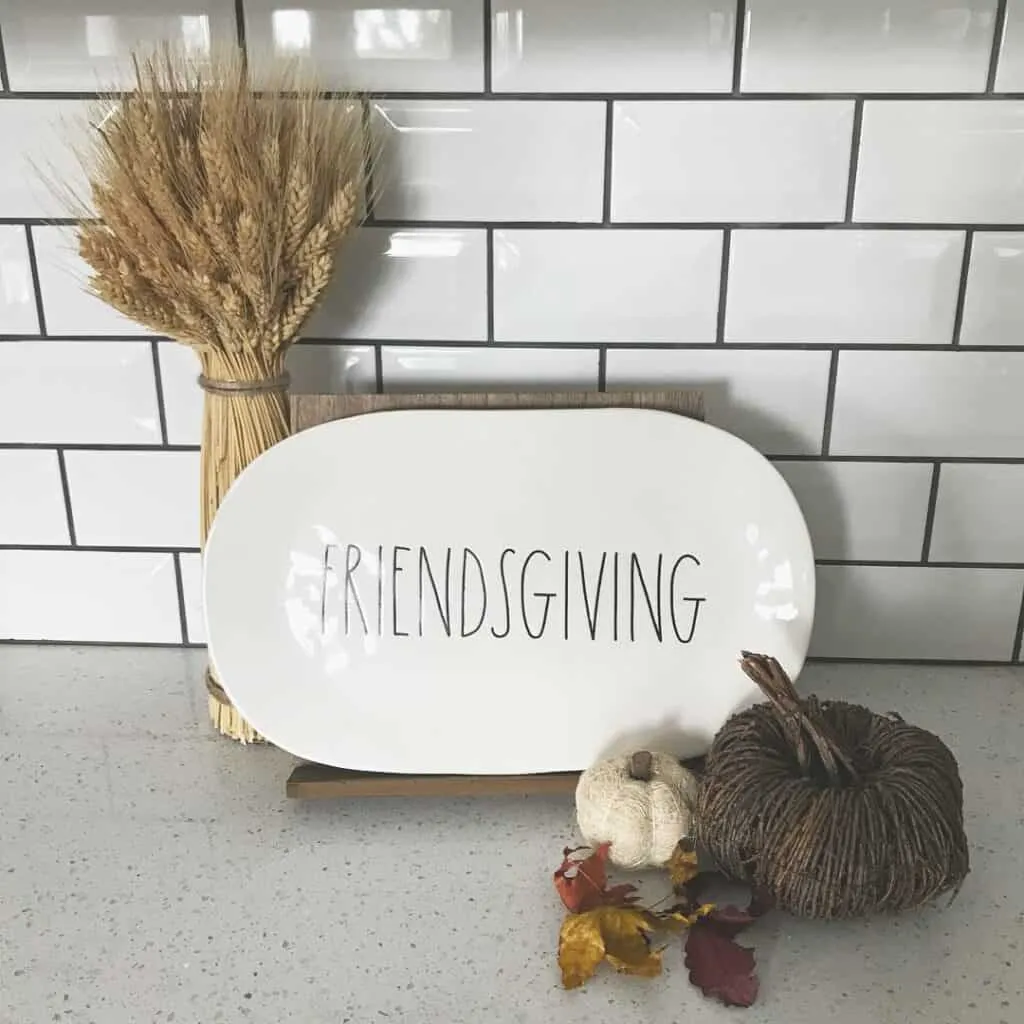
When sourcing repurposed furniture, consider the functionality and aesthetic of each piece. Look for items with character such as distressed finishes, interesting hardware, and unique shapes. Visit antique stores, flea markets, and online marketplaces to find treasures. Ensure that the furniture is structurally sound and suitable for kitchen use. Think about how the pieces will fit into your overall design scheme and how they can serve practical purposes, such as providing storage or creating a focal point within the space. Choose items that resonate with you and that add to the overall charm of your kitchen.
DIY Repurposing Projects
DIY repurposing projects can be a rewarding way to customize your kitchen decor and add a personal touch. Consider refinishing an old table to serve as a kitchen island, converting a vintage ladder into a pot rack, or transforming an old door into a chalkboard menu board. The possibilities are endless, and these projects can be tailored to your specific needs and style preferences. DIY projects also allow you to save money while creating one-of-a-kind pieces that reflect your personal style. Be sure to prepare the surfaces properly and use appropriate finishes for durability and safety.
Idea 2 Warm Color Palettes
Warm color palettes are essential for creating the inviting atmosphere of a rustic farm kitchen. Earthy tones, such as creams, off-whites, light grays, and soft browns, provide a neutral base that evokes a sense of calm and comfort. These colors can be complemented by pops of warmer hues, such as brick red, sage green, or mustard yellow, to add depth and interest. The goal is to create a space that feels both welcoming and grounded, avoiding harsh or overly bright colors that can detract from the rustic charm. The right color palette can transform your kitchen into a cozy retreat.
Colors that Evoke Warmth
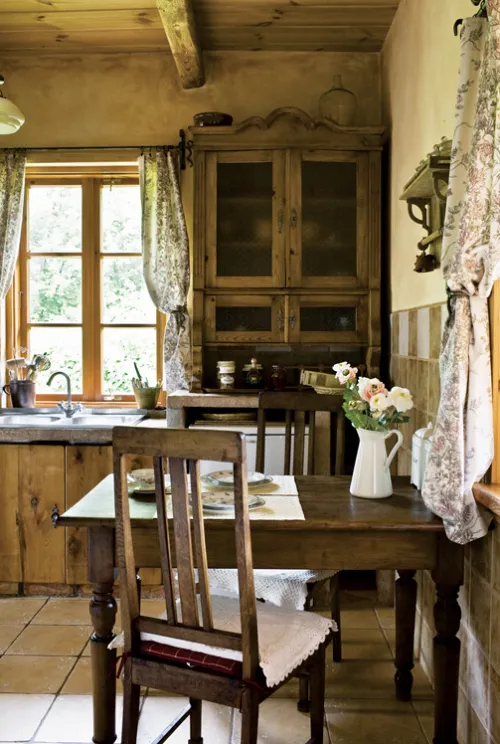
Certain colors are particularly effective at evoking warmth in a kitchen. Creamy whites and off-whites create a sense of brightness and openness, while also providing a soft backdrop for other design elements. Light grays can add a touch of sophistication while still maintaining a warm feel. Earthy browns and tans bring a sense of grounding and connection to nature. Accent colors like muted reds, greens, and yellows can inject personality and create visual interest. The key is to select colors that work together harmoniously and that reflect the overall mood and style of your kitchen.
Implementing Colors in Your Kitchen
Implementing your chosen color palette can be achieved through various design elements. Paint your walls in a neutral shade to create a cohesive foundation. Use these colors in your cabinetry, countertops, and backsplash. Introduce pops of color through accessories, such as textiles, artwork, and kitchen utensils. Incorporate natural wood tones, such as those from your floors or furniture, to bring warmth and balance. Mix and match colors in the space, ensuring that the overall effect is balanced and inviting. Remember to consider the lighting in your kitchen, as it can significantly impact how colors appear.
Idea 3 Natural Textures and Materials
Natural textures and materials are fundamental to rustic farm kitchen decor. Wood, stone, and metal bring a sense of authenticity and connection to nature. These materials add warmth and character, creating a space that feels organic and inviting. The use of natural textures helps to ground the space and create a sense of history. From exposed wooden beams to stone countertops, these elements are crucial to achieving the desired rustic aesthetic. Incorporating these materials is a surefire way to achieve the look and feel of a classic farmhouse kitchen, bringing in the essence of nature into your home.
The Importance of Wood and Stone
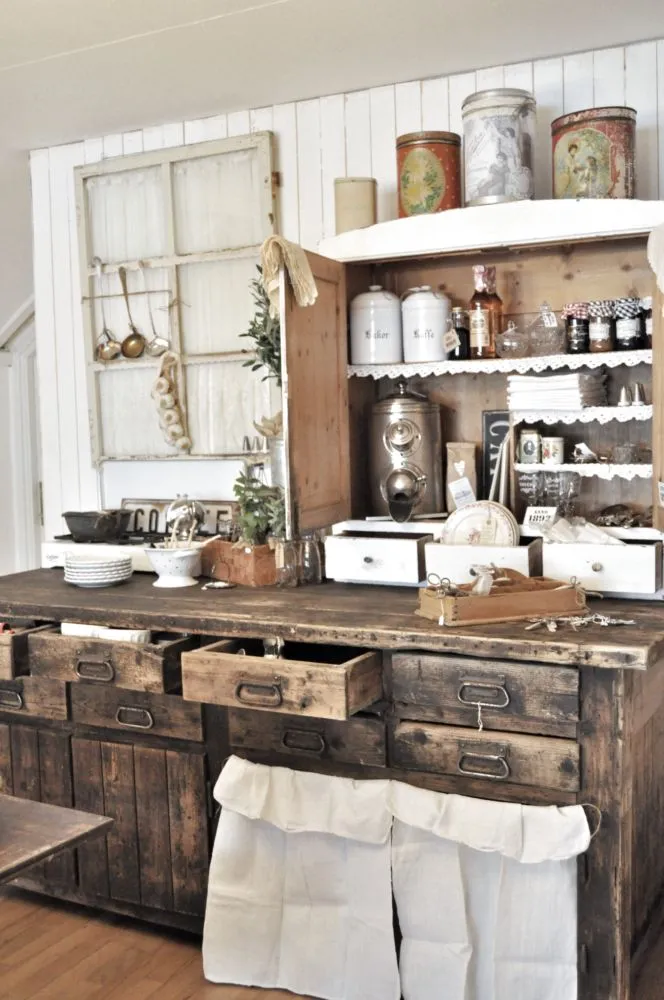
Wood and stone are perhaps the most important natural materials in rustic kitchen design. Wood brings warmth and texture, whether it’s in the form of flooring, cabinetry, or open shelving. Stone adds a sense of strength and permanence, often seen in countertops, backsplashes, or even flooring. The natural variations and imperfections of these materials contribute to their unique character. They create a visual and tactile richness that is essential to the rustic aesthetic. Choose wood and stone in their natural forms, or slightly distressed to amplify the farmhouse feel and aesthetic.
Incorporating Natural Textures
Incorporating natural textures involves using a variety of materials. Include wooden beams, stone backsplashes, and butcher block countertops. Woven baskets, linen curtains, and textured rugs add to the look and feel. Consider using reclaimed wood for open shelving or a kitchen island. The goal is to create a layered effect with diverse textures that enhance the overall rustic feel. These textures should be mixed and matched and thoughtfully integrated into the design, creating depth and visual interest.
Idea 4 Vintage Accents and Accessories
Vintage accents and accessories are the soul of rustic farm kitchen decor, adding charm, character, and a sense of history. These pieces tell a story, reflecting the passage of time and adding personality to your space. From antique scales to vintage enamelware, these items contribute to the overall rustic aesthetic. They bring a sense of warmth and authenticity, making the kitchen feel lived-in and loved. They provide unique focal points and remind us of the past, enriching our spaces and personalizing them. This element brings in the past, the charm, and the life.
Finding Vintage Treasures
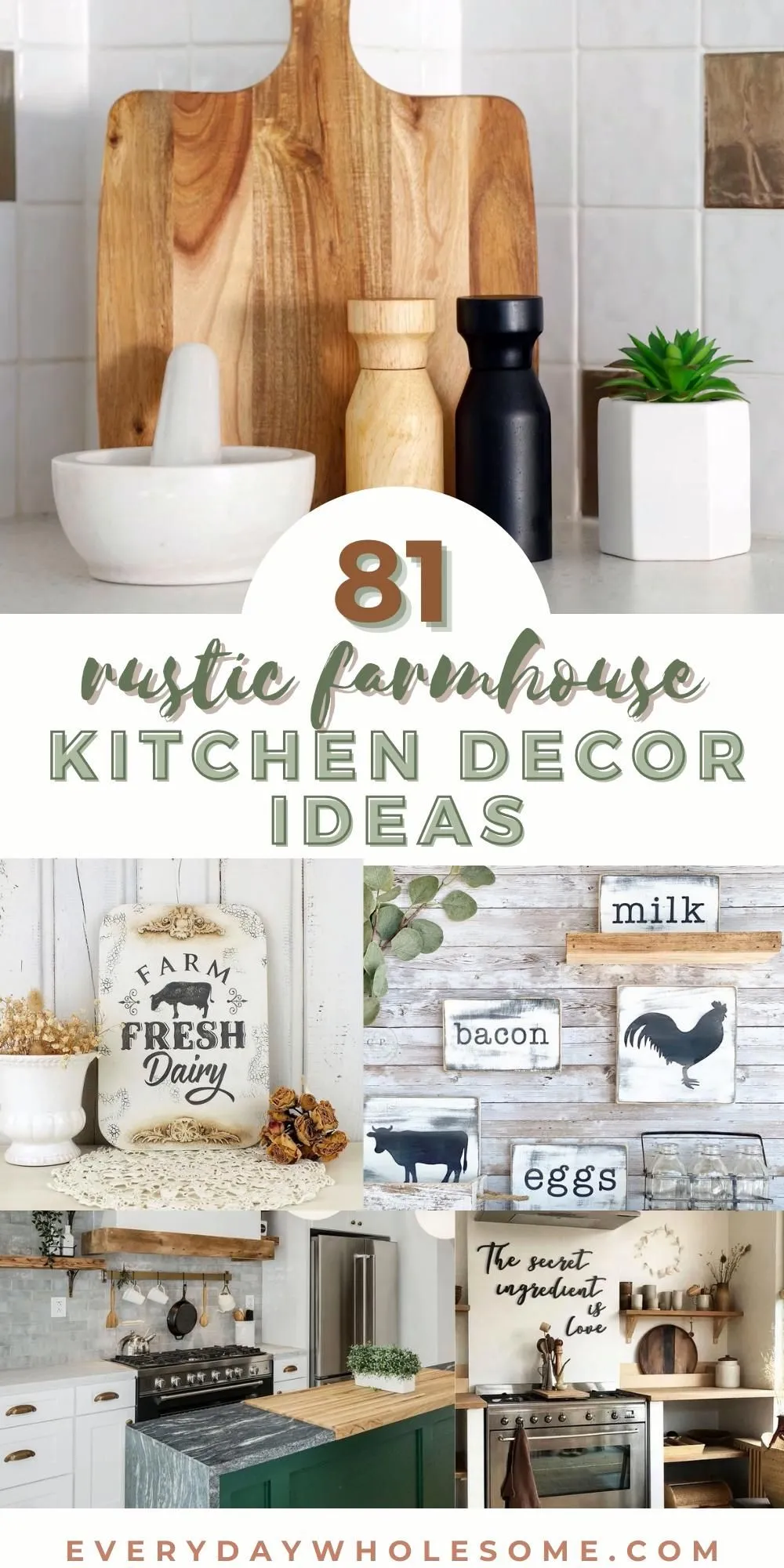
Finding vintage treasures requires a keen eye and a sense of adventure. Explore antique stores, flea markets, and online marketplaces to uncover unique finds. Look for items with character, such as distressed finishes, interesting shapes, and unique details. Consider the items’ functionality and how they can be incorporated into your kitchen. Vintage scales, enamelware, wooden utensils, and antique canisters are all excellent choices. Don’t be afraid to mix and match different eras and styles to create a curated look that reflects your personal taste.
Integrating Accessories into Your Decor
Integrating vintage accessories involves thoughtfully placing them throughout your kitchen. Display vintage scales on countertops, hang enamelware pots and pans on a rack, and use antique canisters to store dry goods. Incorporate vintage artwork or signs to add visual interest. Use vintage textiles, such as tea towels and aprons, to bring color and texture. Arrange your accessories to create focal points and to tell a story, making your kitchen feel personal and inviting. Display your vintage treasures with pride, creating a kitchen that is both stylish and full of character.
Idea 5 Open Shelving
Open shelving is a hallmark of rustic farm kitchen decor, combining functionality with visual appeal. It provides storage while showcasing your favorite dishes, cookware, and decorative items. Open shelving also creates a sense of openness and airiness, making the kitchen feel larger and more inviting. It’s an opportunity to display your personality and curate a beautiful display. From wooden shelves to industrial-style brackets, open shelving offers a versatile design element that complements the rustic aesthetic, creating a space that is both practical and stylish.
Benefits of Open Shelving
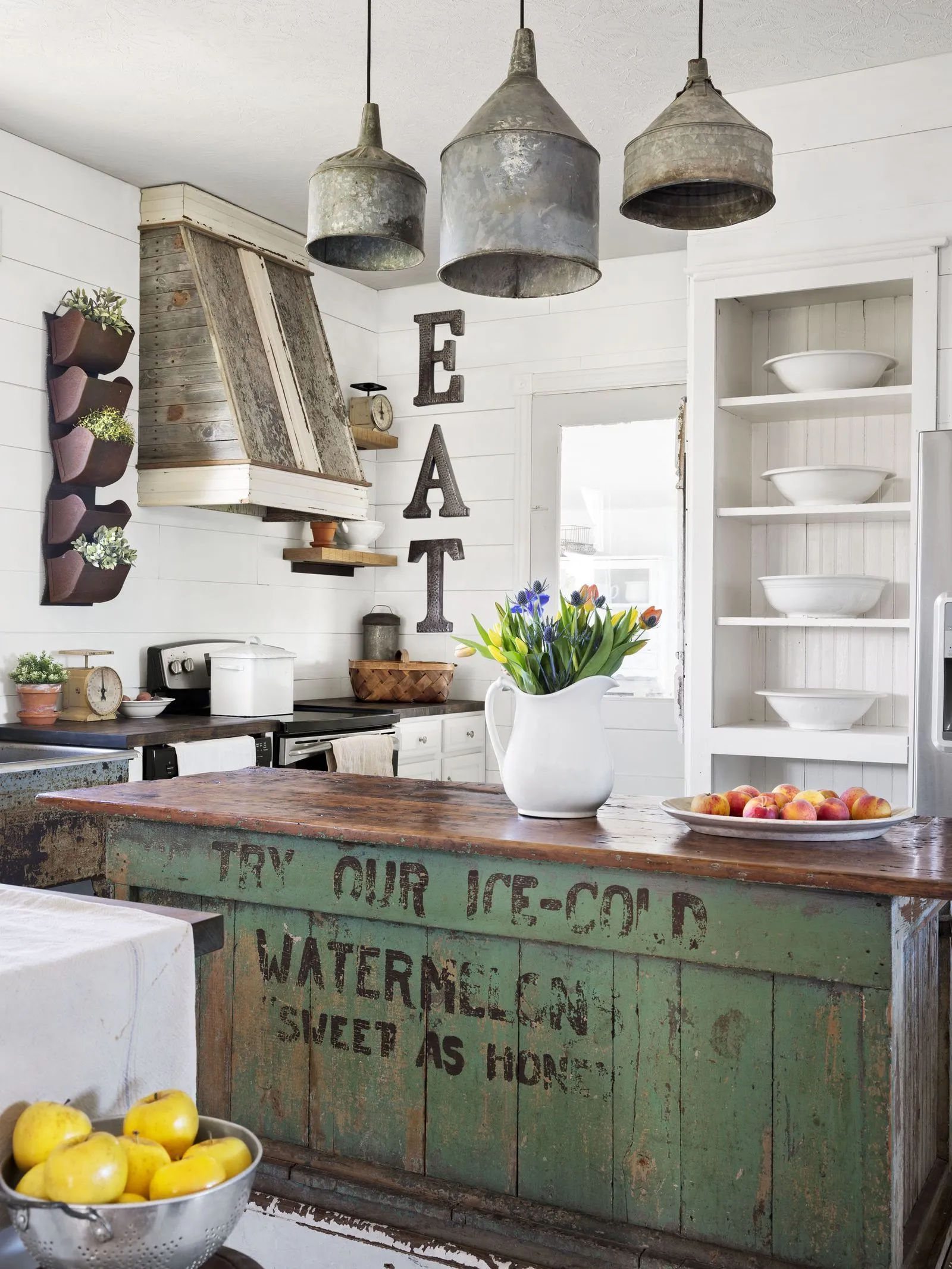
Open shelving offers several benefits, beyond aesthetics. It encourages you to keep your items organized and accessible. It makes it easier to find what you need, and adds visual interest to the space. Open shelving provides a perfect opportunity to showcase your favorite kitchenware and decorative objects. It contributes to a sense of spaciousness, especially in smaller kitchens. It also allows you to easily change your decor, adapting to different seasons or tastes. Open shelving is a fantastic way to combine functionality and style in your rustic farmhouse kitchen.
Styling Your Open Shelves
Styling your open shelves is an art. Start by grouping items of similar size, color, or function. Vary the heights and shapes of your objects to create visual interest. Add a mix of functional and decorative items, such as stacks of plates, cookbooks, and decorative bowls. Include a few personal touches, like framed photos or small plants. Balance your display, ensuring that it doesn’t feel cluttered. Consider the overall color scheme of your kitchen, and choose items that complement that palette. Styling your shelves is a creative process, so experiment until you achieve a look that you love.
Idea 6 Farmhouse Lighting
Farmhouse lighting plays a pivotal role in setting the ambiance of a rustic farm kitchen. It combines functionality with style, contributing to the overall design aesthetic. From pendant lights to chandeliers, the right lighting fixtures can enhance the space, creating warmth and inviting atmosphere. The selection of lighting fixtures is important, reflecting the overall style and creating a sense of charm. Lighting is critical in creating the perfect atmosphere, highlighting key areas, and adding depth and visual interest. It can create the perfect warm and inviting atmosphere.
Choosing the Right Lighting Fixtures
When choosing lighting fixtures, consider the style and functionality of each piece. Pendant lights over a kitchen island or farmhouse table can provide task lighting and visual interest. Chandeliers can add elegance and create a focal point. Sconces can provide ambient lighting. Select fixtures made of natural materials, such as metal, wood, or glass, to complement the rustic aesthetic. Look for designs with clean lines, exposed bulbs, or vintage-inspired details. Consider the size and scale of your kitchen when selecting fixtures, ensuring that they are proportional to the space.
Lighting Placement and Impact
Proper lighting placement is essential for maximizing the impact of your lighting fixtures. Place pendant lights over a kitchen island to provide focused task lighting. Install a chandelier above the dining table to create a focal point. Position sconces on either side of a mirror or above a sink to provide ambient lighting. Consider using dimmers to adjust the brightness of your lights. By layering different types of lighting, you can create a warm and inviting atmosphere. Proper lighting placement can highlight your design elements and set the perfect mood.
Idea 7 Greenery and Fresh Elements
Adding greenery and fresh elements is the perfect way to breathe life into your rustic farm kitchen. Plants and flowers bring a sense of nature and vitality, enhancing the overall aesthetic. They add color, texture, and a touch of freshness, making the kitchen feel more inviting. From herbs in mason jars to potted plants on countertops, greenery adds a natural touch. They are a simple and effective way to make your kitchen feel more alive. They transform any space, from a drab kitchen to one filled with life and charm.
Adding Life with Plants
Adding plants to your kitchen can create a sense of life and vitality. Herbs in mason jars, potted plants on countertops, and trailing vines on shelves are all excellent choices. Choose plants that thrive in kitchen conditions, such as herbs, succulents, and ferns. These plants add a natural touch and also provide fresh herbs for cooking. Group different plants together to create visual interest. You can easily create a lush and inviting space. Don’t be afraid to experiment with different types of plants and arrangements.
Seasonal Decorating with Greenery
Seasonal decorating with greenery is a fun way to keep your kitchen fresh and inviting. In the spring, use fresh flowers and potted herbs. In the summer, add bright blooms and vibrant foliage. In the fall, bring in pumpkins, gourds, and fall-colored leaves. In the winter, use evergreen branches and festive garlands. Change your greenery throughout the year to reflect the changing seasons. It will bring a touch of joy. This simple act will create a lively and welcoming atmosphere.
Transforming your kitchen into a rustic farmhouse haven is a rewarding project that combines comfort and style. By embracing the charm of repurposed furniture, warm color palettes, natural textures, vintage accents, open shelving, farmhouse lighting, and greenery, you can create a space that reflects your personal style and enhances your daily life. These seven stunning ideas are a starting point for your own creative journey. Embrace the beauty of imperfection, the warmth of natural materials, and the joy of creating a space that feels both functional and inviting. With a little planning and creativity, your rustic farm kitchen will become the heart of your home, a place where memories are made, and comfort reigns supreme.
